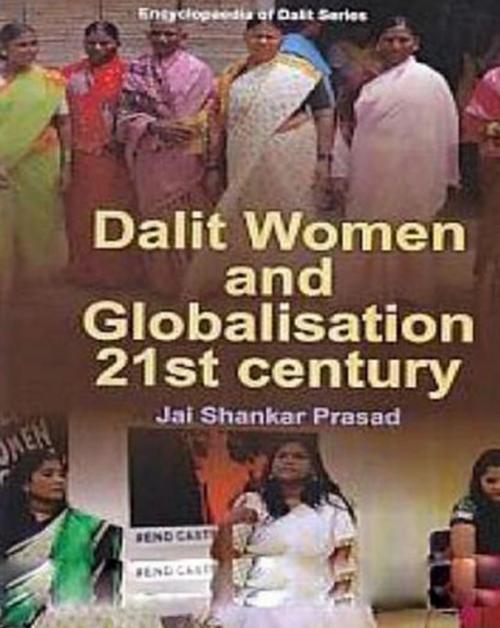| Author: | Jai Shankar Prasad | ISBN: | 9789388034685 |
| Publisher: | Centrum Press | Publication: | June 30, 2017 |
| Imprint: | Centrum Press | Language: | English |
| Author: | Jai Shankar Prasad |
| ISBN: | 9789388034685 |
| Publisher: | Centrum Press |
| Publication: | June 30, 2017 |
| Imprint: | Centrum Press |
| Language: | English |
The economic reforms begun in India in 1991 were couched in the language of ‘modernisation’, yet they have done little to challenge the caste and gender discrimination faced by Dalit women - in some ways their situation is worse. The popular perception of globalisation is rooted in its image of dissolving senses of distance and boundaries. It is so preoccupied with the technology that enables globalisation that little attention is paid to questions of ‘how’ and ‘where’ the circuits of globalisation actually get realised. This book attempts a more nuanced view of globalisation by focusing on its less-explored, non-technological dimensions. It examines the transformation of the woman worker — from a rural woman to an urban one, from a dependent daughter, wife and mother to an earning member, and from a homemaker to a factory worker, and the attendant transformation of the home into a base for migrant workers. This book will appeal to those in economics, sociology, gender studies, urban studies, as well as to those interested in issues relating to globalisation.
The economic reforms begun in India in 1991 were couched in the language of ‘modernisation’, yet they have done little to challenge the caste and gender discrimination faced by Dalit women - in some ways their situation is worse. The popular perception of globalisation is rooted in its image of dissolving senses of distance and boundaries. It is so preoccupied with the technology that enables globalisation that little attention is paid to questions of ‘how’ and ‘where’ the circuits of globalisation actually get realised. This book attempts a more nuanced view of globalisation by focusing on its less-explored, non-technological dimensions. It examines the transformation of the woman worker — from a rural woman to an urban one, from a dependent daughter, wife and mother to an earning member, and from a homemaker to a factory worker, and the attendant transformation of the home into a base for migrant workers. This book will appeal to those in economics, sociology, gender studies, urban studies, as well as to those interested in issues relating to globalisation.















